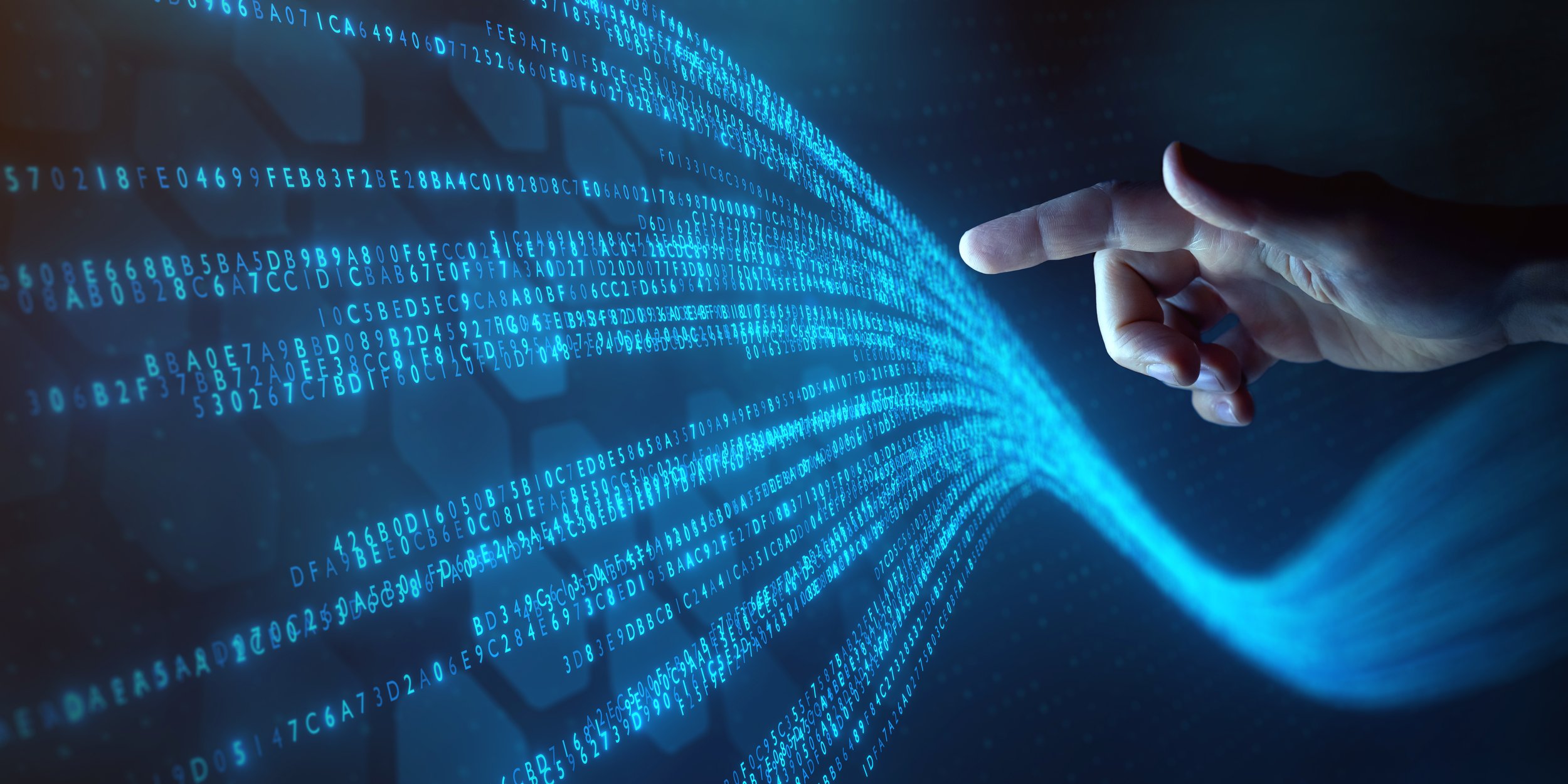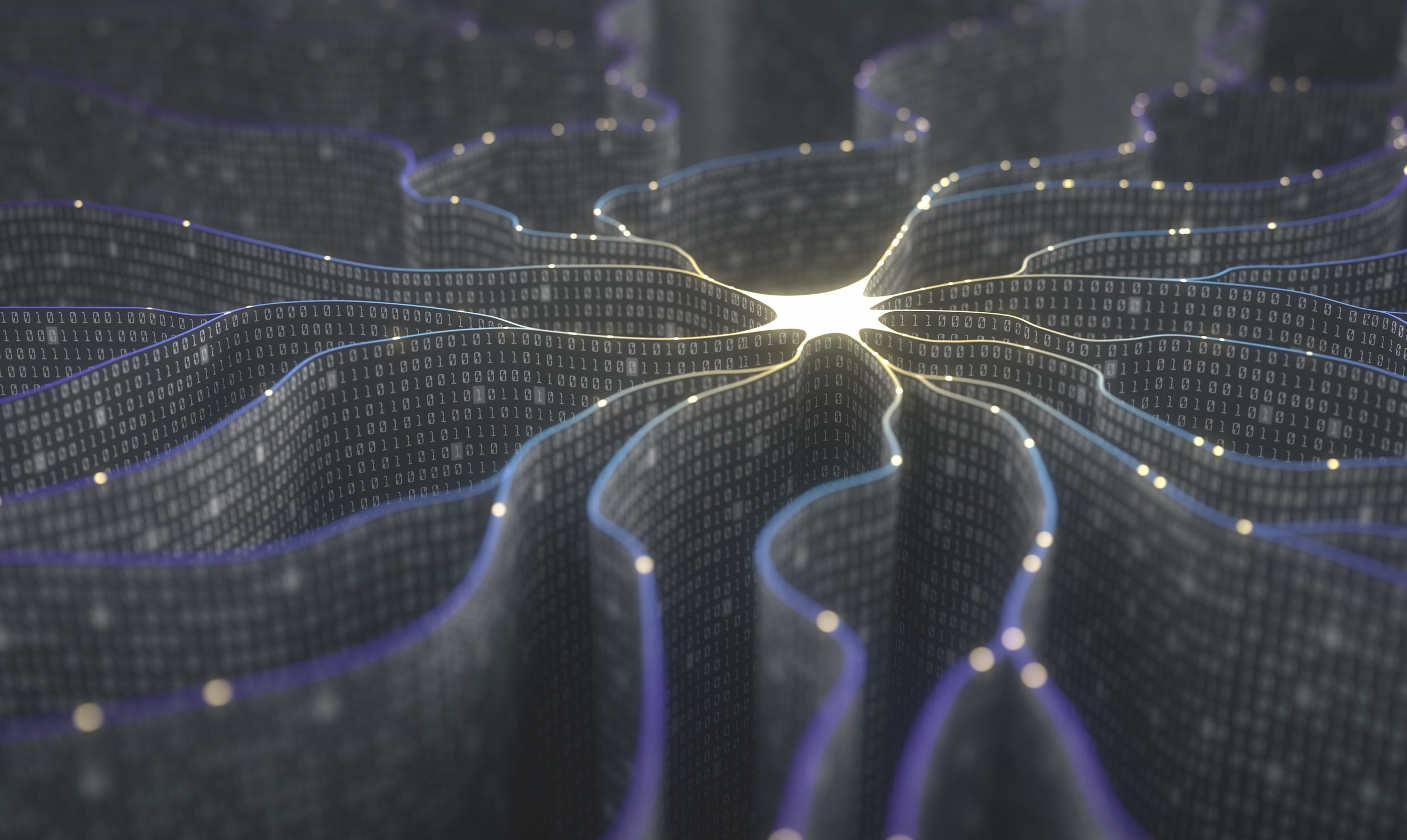다양한 상호작용 데이터를 수집하고 분석해 교육 로드맵을 개선하는데 노력하고 있습니다. 우리는 최신 기술과 전문적인 지식을 활용하여 교육 혁신을 주도하고 있습니다.

교육 및 재능 개발에 필요한
로드맵을 제공합니다.
매월 20만 건의 상호작용 데이터가 생성되며, 우리는 200만 건 이상의 데이터를 축적하고 있습니다.
당신의 재능을 발견하세요.
저희의 목표는 AI 기술을 활용하여, 기업이 필요로 하는 다양한 업무 영역에서 총괄적으로 사용 가능한 비즈니스 솔루션 시스템을 구축하는 것입니다.

저희는 인공지능 기술을 활용하여 어린이들의 진로 개발을 돕기 위해 능력 검사 결과, 학업 성취도, 그리고 다양한 학습 지표를 포함한 전반적인 학습 성과를 추적합니다.
Transformer-based Diagnostic Test Enhancement Model
In this technology, we aim to utilize language model-based AI to reduce costs and enhance diagnostics.
Advanced Brainwave-based Testing Technology
We secure the respondent's agreement and response reliability by utilizing EEG and fMIRS data, which achieve high precision in terms of time and space.
Multi-modal data-based advanced testing model
This technology utilizes additional data such as facial expressions, posture, gestures, and voice to enhance the reliability and specificity of responses, which are collectively known as multi-modal data-based diagnostic model.
Sentiment Analysis Model
By leveraging non-textual data such as facial expressions, behaviors, gestures, voice, and spoken content acquired during lectures, we can identify the emotions expressed by children.
...
우리는 검증된 기술 전문성으로
AI교육 혁신을 선도합니다.
-
A talent tech platform that performs career diagnosis and planning by learning and inferring changes in individual learning data based on lifelong learning and deep learning. A method for developing and analyzing AI-based psychological assessment questions. A method for developing, reviewing, and receiving feedback on GPT-based aptitude test questions. A method for sampling the aptitude test using a query-response network representing the respondent group based on BERT.
-
Using students' personal and academic data along with machine learning techniques to assign students to classes in schools.
Optimizing classroom structure based on policy optimization to achieve maximum learning efficiency.
-
A deep neural network based on EEG measurement data to estimate the actual agreement and confidence level of respondents, as well as a self-reported personality or psychological test system based on questionnaires and answers.
A large-scale language generation model-based system that allows users to identify their own personalities discovered through their participation in communication.



